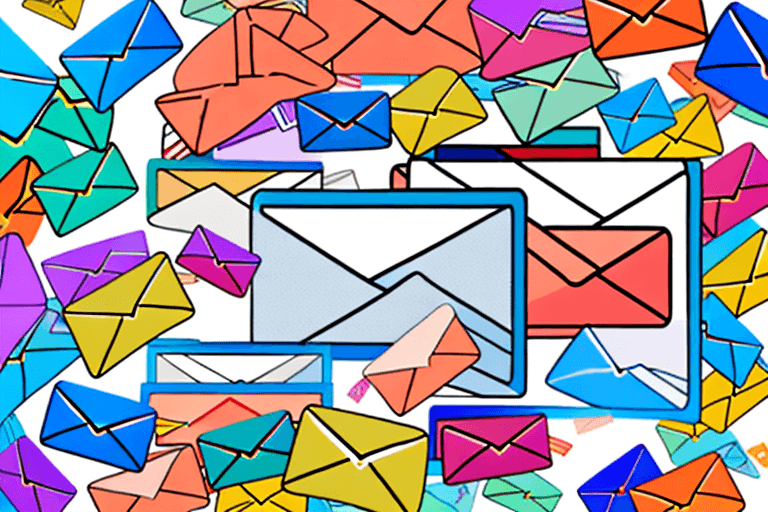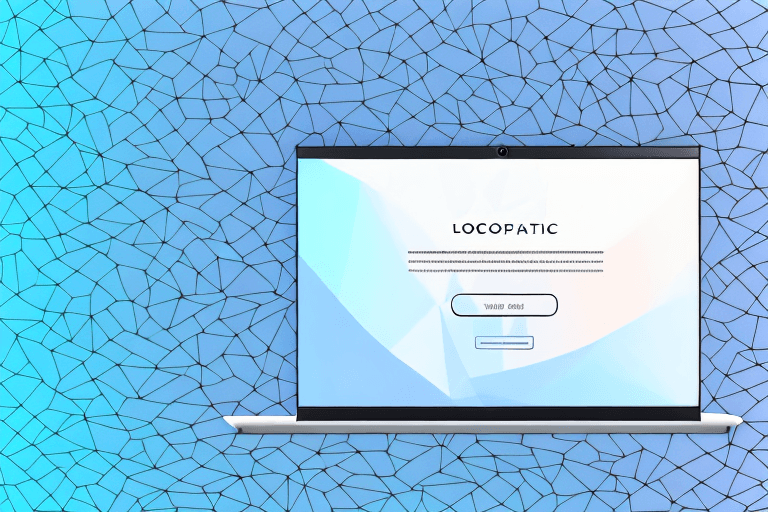Email marketing has become a critical component of any successful business's overall marketing strategy. It is an effective way to engage with your audience, drive traffic to your website, and ultimately increase sales. However, the effectiveness of your email campaigns heavily relies on the email template being used. Creating an effective email campaign template can be challenging, but with these tips, you can create one that gets results.
Understanding the Importance of Email Campaign Templates
Email campaigns are a key element of any marketing strategy and are incredibly effective in generating leads, nurturing customer relationships, and driving sales. An email campaign template is a standardized layout that you use to create your email campaigns. An effective template can make your campaign more impactful, increase open and click-through rates, and drive conversions.
The role of email marketing in business growth
Email marketing plays an essential role in business growth. It is a cost-effective way to reach customers, and build relationships, which in turn, leads to increased sales, customer retention, and brand loyalty. Email marketing is an incredibly versatile tool that can be used to promote your products and services, build brand awareness, and keep your customers informed about your business. Whether you are a small business or a large corporation, email marketing can help you achieve your marketing goals.
When it comes to creating an effective email campaign, the design and layout of your email are just as important as the content you include. A well-designed email can capture your audience's attention and encourage them to engage with your content. This is where email campaign templates come in. By using a template, you can create a consistent look and feel for your email campaigns, which can help to build brand recognition and increase customer loyalty.
Benefits of using email campaign templates
Using an email campaign template offers several benefits, including consistency, increased efficiency, and better engagement. By using a template, you don't have to start from scratch every time you create an email campaign. Instead, you can reuse your template, saving you time and increasing efficiency. This is particularly useful if you send out regular newsletters or promotional emails.
In addition to saving time, using an email campaign template can also help to improve engagement with your audience. A well-designed template can help to capture your audience's attention and encourage them to engage with your content. This can ultimately lead to higher conversion rates and increased sales.
Another benefit of using email campaign templates is that they can help to ensure consistency across your email campaigns. By using the same layout and design elements, you can create a cohesive look and feel for your emails, which can help to build brand recognition and increase customer loyalty. Consistency is key when it comes to building a strong brand identity, and email campaign templates can help you achieve this.
Overall, email campaign templates are an essential tool for any business looking to improve their email marketing efforts. By using a template, you can save time, increase efficiency, improve engagement, and ensure consistency across your email campaigns. Whether you are a small business or a large corporation, email marketing can help you achieve your marketing goals, and email campaign templates can help you do it more effectively.
Key Elements of an Effective Email Campaign Template
An effective email campaign template must include key elements to ensure its success. Here are some of the essential elements:
Attention-grabbing subject lines
Your subject line is your first chance to grab a reader's attention. A compelling subject line can increase the open rate of your email. Make sure your subject line is clear, concise, and relevant to your audience.
For example, if you're a fashion retailer promoting a sale, your subject line could be "Last chance to save on summer styles!" This subject line is clear, concise, and creates a sense of urgency, encouraging readers to open the email and take advantage of the sale.
Personalization and segmentation
Personalization and segmentation are critical to the success of your email campaigns. Make sure you segment your email list and personalize your emails based on your recipients' interests and actions.
For example, if you're a fitness brand, you could segment your email list based on the types of workouts your subscribers are interested in. Then, you could personalize your emails by including workout tips and recommendations based on their interests. This personalization will make your emails more relevant to your subscribers, increasing the likelihood that they'll engage with your content.
Visually appealing design and layout
The design and layout of your email template are key to keeping your readers engaged. A visually appealing email template will make your emails more memorable and differentiate them from the competition.
For example, if you're a travel company promoting a new destination, you could use images and graphics to showcase the beauty of the location. You could also use a color scheme that matches the destination, creating a cohesive and visually appealing email template.
Clear and concise copy
Your email copy should be clear, concise, and to the point. Make sure your message is easily understood and communicates the benefits of your offer effectively.
For example, if you're a software company promoting a new product, you could use bullet points to highlight the key features and benefits of the product. This will make it easy for readers to understand the value of your product and encourage them to take action.
Strong call-to-action (CTA)
Your call-to-action is what drives your readers to take action. Make sure your CTA is clear, concise, and easy to find. Use action-oriented language and create a sense of urgency to encourage your readers to take action.
For example, if you're a food delivery service promoting a new menu item, your CTA could be "Order now and get 20% off your first meal!" This CTA is clear, concise, and creates a sense of urgency by offering a limited-time discount.
By including these key elements in your email campaign template, you can create effective and engaging emails that drive results for your business.
Choosing the Right Email Marketing Platform
Email marketing is an essential component of any successful marketing strategy. It allows businesses to connect with their customers, promote their products and services, and build brand loyalty. However, choosing the right email marketing platform can be challenging, with so many options available in the market.
Here are some features to consider when selecting an email marketing platform:
Features to look for in an email marketing platform
Personalization: Personalization is a crucial feature to look for in an email marketing platform. It allows you to tailor your emails to your subscribers' interests, increasing the likelihood of engagement and conversions.
Segmentation: Segmenting your email list allows you to send targeted emails to specific groups of subscribers. This helps you to create more relevant content and increase the effectiveness of your email campaigns.
Automation: Automation is a powerful feature that allows you to send triggered emails based on specific actions or behaviors. This saves you time and effort, while also increasing the relevance and effectiveness of your emails.
Analytics: Analytics is a critical feature that helps you track the performance of your email campaigns. It allows you to see open rates, click-through rates, and conversion rates, giving you insights into what's working and what's not.
Mobile optimization: With the majority of emails being opened on mobile devices, it's essential to choose an email marketing platform that offers mobile optimization. This ensures that your emails look great and are easy to read on any device.
Top email marketing platforms to consider
Mailchimp: Mailchimp is one of the most popular email marketing platforms, offering a user-friendly interface and a wide range of features. It's ideal for small to medium-sized businesses and offers flexible pricing plans.
HubSpot: HubSpot offers an all-in-one marketing platform that includes email marketing, CRM, and marketing automation. It's ideal for larger businesses that need a comprehensive marketing solution.
Constant Contact: Constant Contact is a user-friendly email marketing platform that offers a range of features, including email templates, list segmentation, and automation. It's ideal for small businesses and offers affordable pricing plans.
Campaign Monitor: Campaign Monitor is a powerful email marketing platform that offers advanced features, including dynamic content, A/B testing, and behavioral targeting. It's ideal for businesses that need a high level of customization and control over their email campaigns.
Ultimately, the right email marketing platform for your business will depend on your specific needs and budget. Consider the features and pricing of each platform to determine which one best meets your needs and will help you achieve your marketing goals.
Best Practices for Creating Email Campaign Templates
Here are some best practices to follow when creating your email campaign template:
Mobile-friendly design
The majority of people read their emails on mobile devices. Make sure your email template is mobile-responsive, ensuring it displays correctly and is easy to read on any device.
Consistent branding
Your email campaign template should be consistent with your brand identity and overall marketing strategy. Use your brand colors, logos, and messaging to create brand recognition and build trust with your audience.
Testing and optimizing your templates
Test different versions of your email campaign template to see what works best. Use A/B testing to compare different versions of your email and determine which one performs better.
Incorporating social media and other channels
Integrate your email campaigns with your social media channels and other marketing activities to create a cohesive marketing strategy. Use social icons and links to encourage your audience to follow you on social media and share your content with their networks.
Conclusion
An effective email campaign template is essential to the success of your marketing campaigns. By following the best practices outlined in this article, you can create a template that engages your audience, increases conversions, and grows your business.




